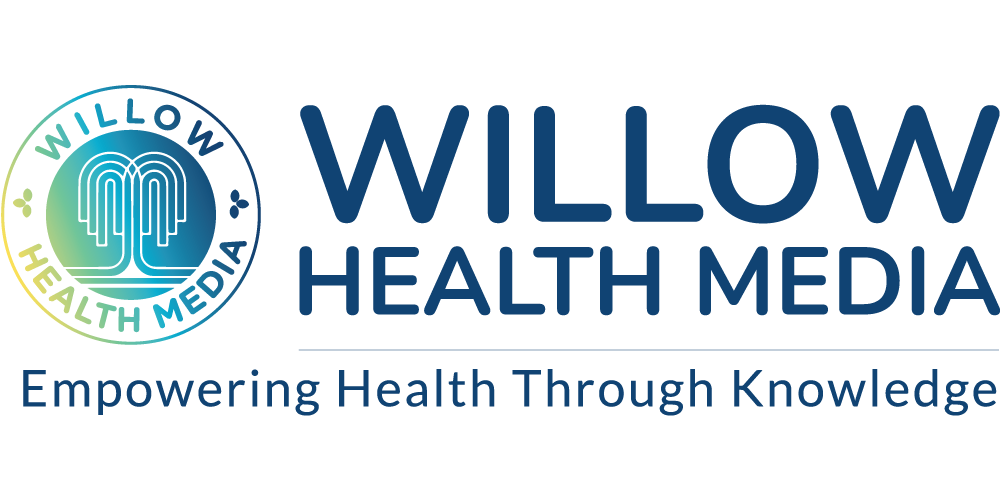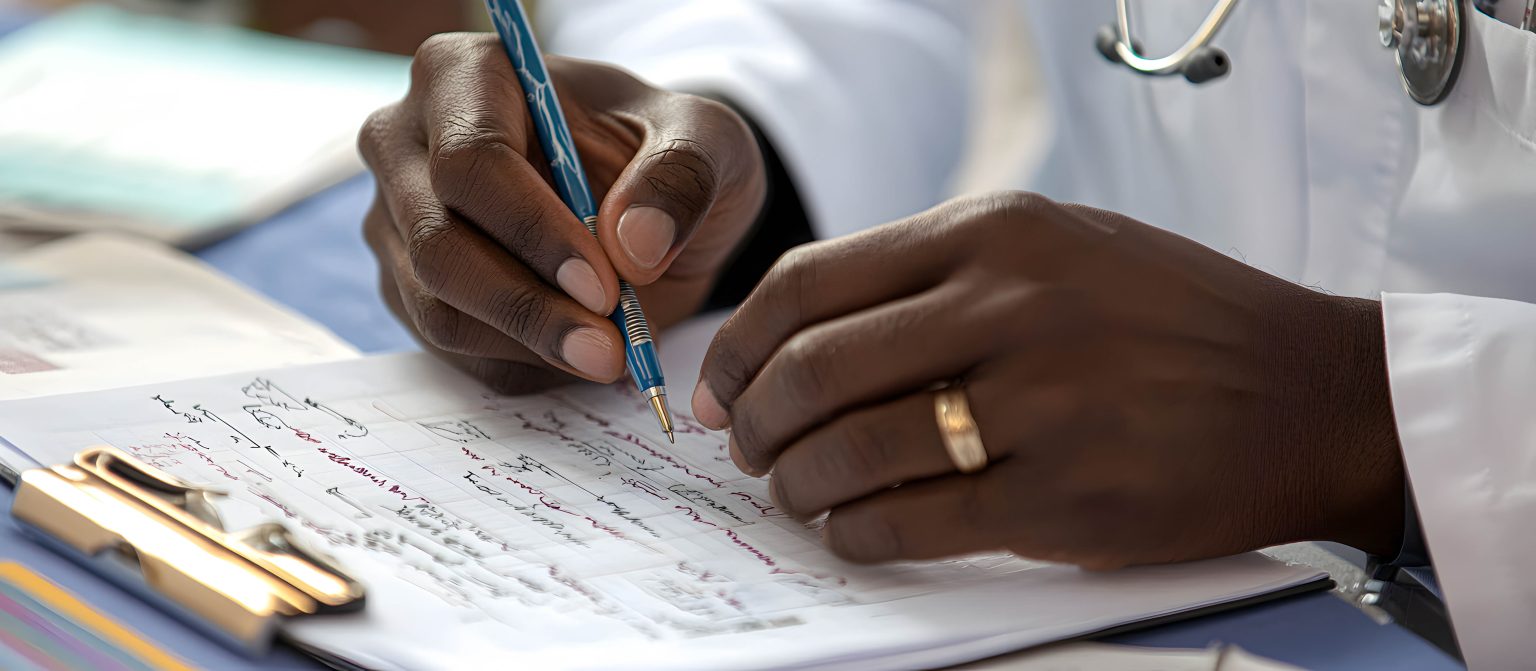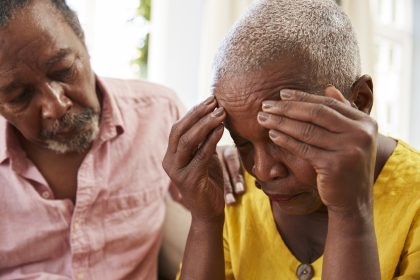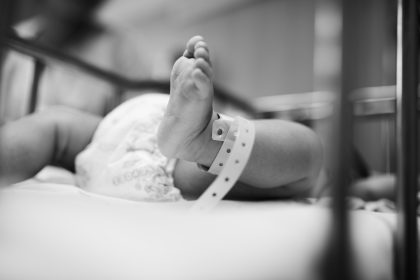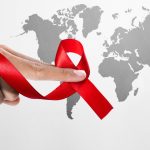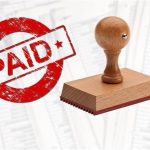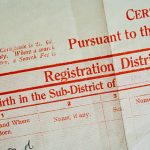Poor handwriting leads to illegible prescriptions with serious consequences: overdosing, underdosing, misdiagnoses, dispensing wrong medication…
Let us be clear, some doctors do have beautiful handwriting. I’ve seen prescriptions so neat, they belong in a museum of fine penmanship. But let’s not kid ourselves: the stereotype didn’t come from nowhere.
Most medical notes look like they were scribbled in the dark by a spider dipped in ink. So why, after years of school and training, do doctors still hand you prescriptions that resemble hieroglyphics? Let us diagnose the problem.
For many doctors, especially those of us trained before the digital note-taking revolution, pen and paper were our lifeline. Lectures were a whirlwind of information, and while some professors shared notes, others were old-school purists, dictating at breakneck speed.
With dense topics piling up, think anatomy, pharmacology, and physiology, neatness took a backseat. The priority was capturing the essentials, not winning a handwriting con Over time, that frantic scribbling became second nature.
Taking notes while standing, walking, dodging beds, patients, equipment
If medical school plants the seed for bad handwriting, ward rounds water it. Imagine a group of doctors, led by a consultant or a senior registrar, weaving through hospital wards, stopping at bedsides to assess patients.
There is no desk or chair, just a clipboard or a pocket-sized notebook. Most times, there isn’t even a clipboard; just you, taking notes while standing, sometimes walking, dodging beds, equipment, patients and nodding attentively, all at once.
I am taken back to my fifth year, during my rotation in the newborn unit. One of the senior registrars, a man known for his no-nonsense approach and lightning-fast ward rounds, had a particular pet peeve: clipboards. We were prepared to take notes, from differential diagnoses to treatment plans, but to the registrar, “Clipboards are a waste of space,” he declared, his voice cutting through the beeps and murmurs of the unit. “Your hands need to be free for more important things, like jumping in on a resuscitation if you were needed to. If you’re fumbling with a clipboard, you’ll not be able to act when it matters.”
I later realised that there was another, more self-serving reason: Once he was done with the patient’s file, he wanted to pass it off to one of us so he didn’t have to carry multiple files around!
Expecting legible handwriting is like asking a tightrope walker to juggle
Anyway, the next time we had no clipboards and scrambled to take notes on whatever scrap of paper we could find, while trying to keep up with the ward round.
It is a multitasking nightmare. Under those conditions, expecting legible handwriting is like asking a tightrope walker to juggle. The result? A chaotic script only the writer (sometimes) understands.
The flames of illegible handwriting forged in medical school are further fueled by the unending hospital queues, especially in public hospitals. With the doctor-to-patient ratio so lopsided, a single doctor is responsible for thousands of patients; the last thing on the doctor’s mind is how well the notes have been punctuated.
Interestingly, some doctors wear their bad handwriting like a badge of honour. A friend once glanced at my neatly written notes and quipped, “Wow, your handwriting is so good—are you sure you’re a doctor?”
It is as if a messy scrawl signals brilliance under pressure, a secret handshake of the profession. I have even wondered if I should rough up my penmanship just to fit the mould, proof that I’m too busy saving lives to fuss over how well my letters are shaped
The doctor’s scrawl made ‘10mg’ look like ‘100mg, the patient was back in hospital
But, jokes aside, poor handwriting can have serious effects. Illegible prescriptions or notes can lead to overdosing or underdosing, misdiagnoses, or dispensing the wrong medication. Patients might miss appointments or show up on the wrong day, wasting time and money.
I recall a story from a colleague about a middle-aged man who came in with a prescription for his heart condition. The doctor’s scrawl made “10 mg” look like “100 mg.” The pharmacist dispensed the higher dose, and within days, the man was back in the hospital with dangerously low blood pressure, dizzy and weak. That extra zero could’ve been fatal.
Another colleague recalled a patient’s surgery, which was delayed because the doctor had written that the patient needed 3 pints of blood. However, the intern, struggling to decipher the handwriting, read it as 2 pints.
They managed to get 2 units from the blood transfusion unit with much difficulty. But the anesthesiologist refused to start the surgery due to the potential blood loss it had to be rescheduled, much to the frustration of the patient and his family.
Doctor’s handwriting on theatre list was so bad ‘Wanjiku’ looked like ‘Wanjiru’
Then there’s the story that still gives me chills. A colleague in obstetrics shared about two patients in the same room: Grace Wanjiku and Grace Wanjiru, their beds side by side. Wanjiku, a first-time mum, was set for a C-section, but the doctor’s handwriting on the theatre list was so bad that ‘Wanjiku’ looked like ‘Wanjiru.’
So, Wanjiru was wheeled into the theatre for the CS. But Wanjiru, on her third pregnancy, had learned to listen closely during ward rounds. She knew her plan was to induce labour, not have a CS. She had also overheard that Wanjiku was the one scheduled for surgery.
Gathering her courage, she asked the nurse why she was being prepped for a C-section. The nurse, thank goodness, double-checked the names against the file and realised the mix-up. She rushed to consult the operating doctor, and they quickly corrected the error.
But not every handwritten mishap ends in tragedy; sometimes, it can lead to unexpected miracles.
Take Mama Jane, an elderly woman referred for a colposcopy to examine her cervix after an abnormal pap smear. The doctor’s handwriting was so illegible that the referral note was misread as “colonoscopy”, and Mama Jane was prepped for the wrong procedure. By sheer chance, during the colonoscopy, the team discovered a small tumour in her colon. Because of this mix-up, the tumour was caught in its earliest stages, allowing for prompt treatment that saved her life.
Doctor’s R/E (routine examination) was misread by the intern as DRE (digital rectal exam)
Another fortunate error involved 70-year-old Mzee Kamau, who visited the clinic for a routine check-up due to mild fatigue. The doctor intended to note “R/E” (routine examination) in his file, but his scrawl was misread by the intern on call as “DRE” (digital rectal exam).
Though hesitant, Mzee Kamau agreed, and during the DRE, the intern detected an enlarged prostate, later confirmed as benign prostatic hyperplasia (BPH). The patient had been too embarrassed to mention his recent struggles with frequent urination and a weak stream, which he’d dismissed as “old age.” This early diagnosis led to timely treatment with medication that alleviated his urinary symptoms, improving his quality of life.
Ineligible handwriting sometimes leads to unexpected learning opportunities.
In a WhatsApp group with fellow doctors, someone will share a photo of a prescription or a doctor’s note, asking for help to decipher what looks like the work of a caffeinated spider.
The replies flood in with guesses, some serious, some absurd. “Is that 500 mg or 50 mg?” “Looks like ‘take twice daily,’ but maybe it’s ‘take with food’?” These exchanges often spark lively debates about dosing strategies or the latest guidelines for conditions like hypertension or diabetes.
Just last week, a particularly cryptic prescription led to a deep dive into the best anticoagulant regimens for patients with clots in their veins, what we refer to as deep venous thrombosis. We all left the chat sharper and better informed, all thanks to a colleague’s indecipherable scrawl.
In many hospitals, electronic medical records are transforming chaotic scribbles
These moments, wild, funny, or downright scary, show that messy handwriting isn’t just a punchline. It’s a real player in the medical game.
The good news is that the healthcare world is evolving. Digital records and e-prescriptions are steadily reducing the reliance on handwritten notes, with systems like electronic health records (EHRs) bringing clarity and standardisation to patient care.
In many hospitals, electronic medical records are transforming chaotic scribbles into typed, searchable data, minimising the risk of errors and improving efficiency.
Yet, the transition isn’t complete, as many facilities, especially in resource-limited settings, still rely on pen and paper, and so the stereotype of the doctor’s scrawl persists.
So, what can we do in the meantime? First, patients, don’t hesitate to ask your doctor or pharmacist to clarify a prescription or note. Your health is worth a quick question or two, and most healthcare providers welcome the chance to ensure understanding. Second, let’s recognise the shared responsibility in healthcare; doctors, nurses, pharmacists, and patients all play a role in catching potential errors. Stories like Mama Jane’s and Mzee Kamau’s are the rare positive outcomes, but they also underscore the need for vigilance. Finally, spare a thought for the doctors navigating high-pressure environments, juggling lives while scribbling notes. We’re working on it. I promise.
Dr Nyandia Maina is a Medical Doctor, Photo-Essayist and Creative Non-Fiction Writer.
